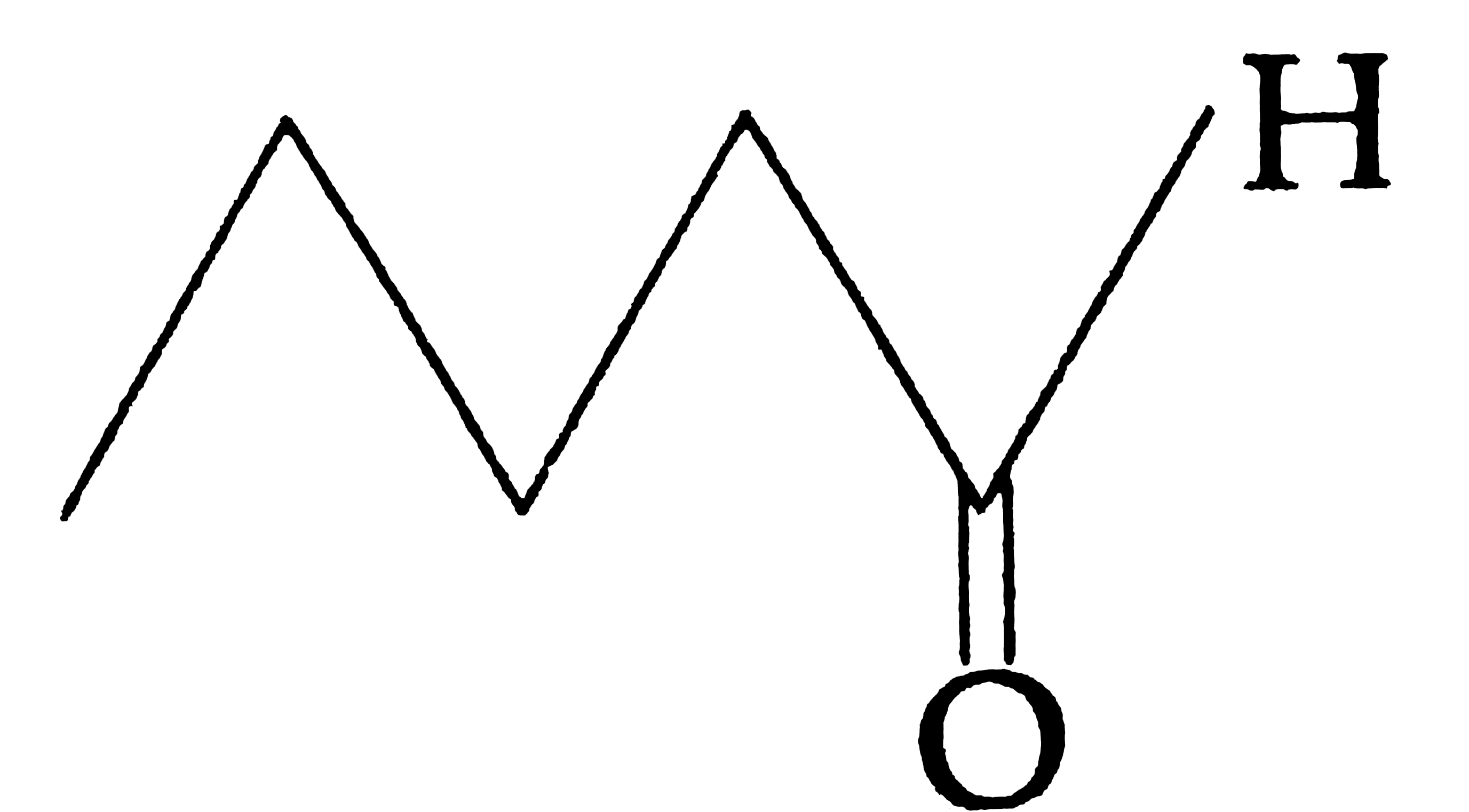Convert acetic acid to propionic acid
To convert acetic acid (CH₃COOH) to propionic acid (C₂H₅COOH), we can follow these steps:
1. Formation of Sodium Salt of Acetic Acid:
- React acetic acid with sodium hydroxide (NaOH) to form sodium acetate (CH₃COONa).
- Reaction:
CH3COOH+NaOH→CH3COONa+H2O
2. Chlorination of Sodium Acetate:
- Subject sodium acetate to chlorination using chlorine (Cl₂) in the presence of UV light. This will replace one hydrogen atom with a chlorine atom, resulting in the formation of ethyl chloride (C₂H₅Cl).
- Reaction:
CH3COONa+Cl2UV−−→C2H5Cl+NaCl
3. Nitrile Formation:
- React ethyl chloride with potassium cyanide (KCN) to form propionitrile (C₂H₅CN).
- Reaction:
C2H5Cl+KCN→C2H5CN+KCl
4. Hydrolysis of Propionitrile:
- Finally, hydrolyze propionitrile to convert it into propionic acid. This can be done by treating it with water (H₂O) in the presence of an acid or base.
- Reaction:
C2H5CN+H2O→C2H5COOH+NH3
Final Product:
- The final product obtained is propionic acid (C₂H₅COOH).
Summary of Reactions:
1. Acetic acid + NaOH → Sodium acetate + H₂O
2. Sodium acetate + Cl₂ (UV) → Ethyl chloride + NaCl
3. Ethyl chloride + KCN → Propionitrile + KCl
4. Propionitrile + H₂O → Propionic acid + NH₃
- React acetic acid with sodium hydroxide (NaOH) to form sodium acetate (CH₃COONa).
- Reaction:
CH3COOH+NaOH→CH3COONa+H2O
- Subject sodium acetate to chlorination using chlorine (Cl₂) in the presence of UV light. This will replace one hydrogen atom with a chlorine atom, resulting in the formation of ethyl chloride (C₂H₅Cl).
- Reaction:
CH3COONa+Cl2UV−−→C2H5Cl+NaCl
- React ethyl chloride with potassium cyanide (KCN) to form propionitrile (C₂H₅CN).
- Reaction:
C2H5Cl+KCN→C2H5CN+KCl
- Finally, hydrolyze propionitrile to convert it into propionic acid. This can be done by treating it with water (H₂O) in the presence of an acid or base.
- Reaction:
C2H5CN+H2O→C2H5COOH+NH3
- The final product obtained is propionic acid (C₂H₅COOH).
1. Acetic acid + NaOH → Sodium acetate + H₂O
2. Sodium acetate + Cl₂ (UV) → Ethyl chloride + NaCl
3. Ethyl chloride + KCN → Propionitrile + KCl
4. Propionitrile + H₂O → Propionic acid + NH₃
Topper's Solved these Questions
- CARBOXYLIC ACIDS AND THEIR DERIVATIVESBook:OP TANDONChapter:CARBOXYLIC ACIDS AND THEIR DERIVATIVESExercise:Illustration
Explore 18 Videos
- CARBOXYLIC ACIDS AND THEIR DERIVATIVESBook:OP TANDONChapter:CARBOXYLIC ACIDS AND THEIR DERIVATIVESExercise:problem for practise
Explore 31 Videos
- BASIC PRINCIPLES OF ORGANIC COMPOUNDS (MECHANISM OF ORGANIC REACTIONS)Book:OP TANDONChapter:BASIC PRINCIPLES OF ORGANIC COMPOUNDS (MECHANISM OF ORGANIC REACTIONS)Exercise:SINGLE INTEGER ANSWER TYPE QUESTIONS
Explore 4 Videos
- CHEMICAL KINETICSBook:OP TANDONChapter:CHEMICAL KINETICSExercise:LINKED COMPRESHENSION TYPE QUESTIONS ( SECTION-VI)
Explore 4 Videos
Similar Questions
Knowledge Check
Acetic acid is
AredBgreenCyellowDcolourlessAcetic acid is
Aa dibasic acidBa tribasic acidCa monobasic acidDnone of theseMixture of acetic acid and propionic acid is obtained by oxidation of
A B
B C
C D
D
Dry distillation of a mixture of the calcium salts of acetic acid and propionic acid will yield
View SolutionMixture of acetic acid and propionic acid is obtained from oxidation of
View SolutionThe dessociation cosntants of acetic acid and propionic acid are 1.0×10−5 and 1.0×10−6 respectively. The value of PKa (propionic acid) - PKa (Acetic acid) is
View SolutionWhen calcium salts of acetic and propionic acid are heated together, we will obtain
View SolutionWhich reagent is used to convert butan -2- one to propionic acid ?
View Solution

